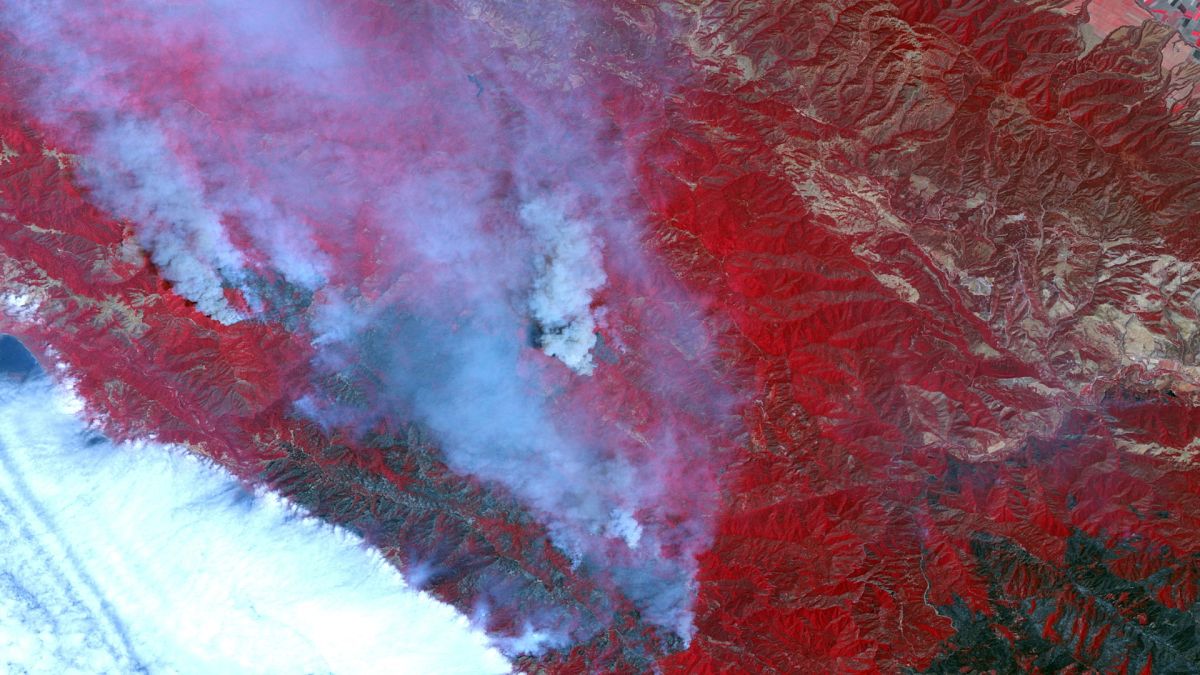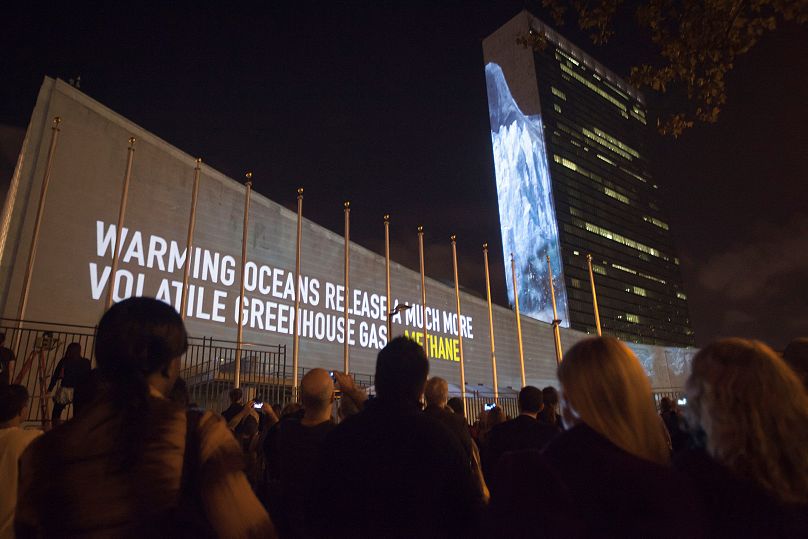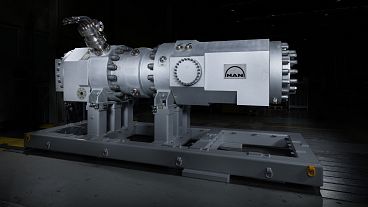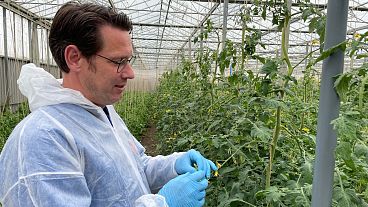There will be a public database of global methane leaks to encourage governments and companies to curb emissions.
The UN’s environment watchdog said on Friday it will launch a public database of global methane leaks detected by space satellites. It is part of a new program to encourage companies and governments to curb emissions of the powerful greenhouse gas.
The system, dubbed MARS or Methane Alert and Response System, will build on a pledge signed by 119 countries since last year to cut methane emissions by 30 per cent this decade, a goal scientists say is crucial to averting extreme climate change.
"The Methane Alert and Response System is a big step in helping governments and companies deliver on this important, short-term climate goal," Inger Andersen, executive director of the UN Environment Programme, said in a statement issued at the COP27 climate summit in Egypt.
"Reducing methane emissions can make a big and rapid difference, as this gas leaves the atmosphere far quicker than carbon dioxide."
What impact is methane having on global warming?
Methane, which has a much higher warming effect than carbon dioxide during its short lifespan, is responsible for about a quarter of the global rise in temperatures so far, scientists say.
The MARS system will rely on an existing network of space satellites to spot methane plumes around the globe, estimate how big they are, and identify the company or government responsible, UNEP said.
UNEP’s International Methane Emissions Observatory will then share information about the leak with whoever is responsible in the hope they will find the cause of the leak and repair it.
After a period of 45 to 75 days, the observatory will release information about the leak, and the company or government response to it, to the public database, UNEP said.
What sources of methane will the system focus on?
The system will first focus on global oil and gas operations, among the biggest sources of methane, before gradually expanding to cover other industries like coal, waste, livestock, and rice.
The initiative will be funded in part by the United States and European Union governments, along with philanthropic organizations including Amazon founder Jeff Bezos’ Bezos Earth Fund and the Global Methane Hub, UNEP said.
US Special Climate Envoy John Kerry, who helped spearhead the Global Methane Pledge to cut methane emissions last year, called the new system "critical" to climate efforts.
"Cutting methane is the fastest opportunity to reduce warming and keep 1.5°C within reach, and this new alert and response system is going to be a critical tool for helping all of us deliver on the Global Methane Pledge," he said.
At COP27, the United States and the EU are also set to make public a joint agreement to step up methane reduction efforts from the fossil fuel sector and are hoping other nations will sign on.

















